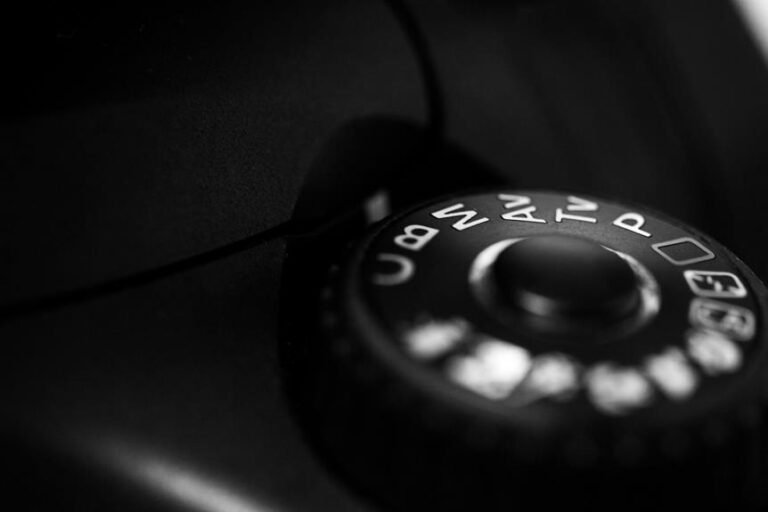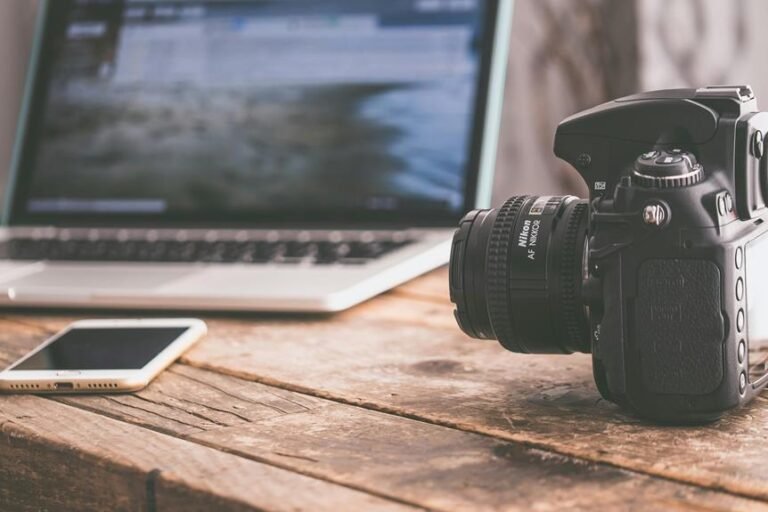Why Is My Bushnell Trail Camera Not Working? Troubleshooting Guide for Trail Camera Problems
If your Bushnell trail camera isn't working, start by checking the battery connection and opt for a solar panel for continuous power. Make sure the memory card is formatted correctly and compatible with the camera. Adjust the PIR sensor direction and sensitivity settings. Confirm firmware compatibility and seek customer support for updates. Check battery insertion and terminal corrosion for the infrared flash. For a thorough troubleshooting guide, assess for physical damage. By covering these steps, you'll be closer to identifying and solving the issue efficiently. Learn how to optimize your camera's performance for seamless usage.
A Quick Overview
- Verify battery connection and consider installing a solar panel for continuous power supply.
- Check memory card formatting and ensure compatibility with camera specifications.
- Confirm correct PIR sensor placement and adjust sensitivity settings as needed.
- Verify firmware compatibility and integrity to prevent errors during updates.
- Troubleshoot infrared flash problems by checking battery, terminals, and SD card.
Power Supply Issues
If your trail camera is experiencing power supply issues, the first step is to check the battery connection and make sure it's secure.
Battery drainage can be a common problem, especially in extreme weather conditions. Consider installing a solar panel to guarantee continuous power supply. Proper installation of a solar panel can notably reduce the risk of running out of battery power, providing a sustainable energy source for your trail camera.
Memory Card Problems
After addressing power supply issues, the next critical aspect to troubleshoot with your trail camera is potential memory card problems. Verify that the memory card is correctly formatted to avoid formatting errors.
Check for compatibility issues by confirming if the memory card meets the camera's specifications. Incompatible memory cards can lead to malfunctions.
Resolving these memory card issues can help guarantee your trail camera operates smoothly and efficiently.
PIR Sensor Not Triggering
To troubleshoot the issue of a PIR sensor not triggering on your trail camera, carefully examine the sensor's positioning and sensitivity settings.
- Check Sensor Placement: Verify the sensor is facing the correct direction.
- Adjust Sensitivity: Fine-tune the sensitivity settings for best performance.
- Consider Calibration: Perform sensor sensitivity calibration if available.
- Understand Wildlife Behavior: Learn wildlife movement patterns to adjust sensor settings accordingly.
Firmware Update Errors
Having resolved issues with the PIR sensor, the next step is to address potential firmware update errors that may be impacting your trail camera's performance.
To troubleshoot, confirm the firmware is compatible with your camera model. Verify the update file isn't corrupted and that the installation process follows manufacturer guidelines.
If issues persist, reach out to customer support for further troubleshooting tips on resolving firmware-related problems.
Infrared Flash Not Working
If your trail camera's infrared flash isn't working, start troubleshooting by checking the power source and connections for any potential issues. Follow these troubleshooting steps:
- Confirm the batteries are correctly inserted.
- Check for any corrosion on the battery terminals.
- Verify the SD card is properly inserted.
- Contact technical support assistance for further guidance.
Physical Damage Assessment
Assess the trail camera for physical damage by carefully inspecting all external components for any signs of impact or wear. Begin by checking the lens clarity for scratches or cracks that could affect image quality.
Next, examine the battery compartment for any corrosion or damage that may prevent proper power supply to the camera.
Thoroughly evaluating these areas will help identify any physical issues that could be impacting your trail camera's functionality.
Frequently Asked Questions
How Can I Prevent Condensation Inside My Bushnell Trail Camera?
To prevent condensation inside your Bushnell trail camera, consider using desiccant packs or silica gel inside the camera housing. Guarantee a tight seal on the camera to prevent moisture ingress. Regularly check and replace the desiccant to maintain peak moisture protection.
Is There a Way to Extend the Battery Life of My Trail Camera?
To extend your trail camera's battery life, try power saving tips like adjusting the capture frequency, using lithium batteries, and turning off unnecessary features. Regularly check and clean battery contacts for proper maintenance.
Can I Use Rechargeable Batteries in My Bushnell Trail Camera?
You can use rechargeable batteries in your Bushnell trail camera. Make sure they are high-quality to maximize battery longevity. Rechargeable batteries are a cost-effective and eco-friendly power source, providing a reliable option for your camera.
How Do I Reset the Settings on My Trail Camera to Default?
To reset your trail camera settings to default, navigate to the menu and locate the factory reset option. Confirm the action to restore all settings. If troubleshooting persists, consider a firmware update following manufacturer guidelines for a potential solution.
What Should I Do if My Trail Camera Is Not Capturing Clear Images?
If your trail camera isn't capturing clear images, troubleshoot by adjusting settings for better image quality. Check the lens for dirt or obstructions. Confirm night vision settings are correct for best performance. Contact support for further assistance if needed.







